Stop Killing Plants in Your Sunny Spot: A Pro’s Guide to a Thriving Garden
That One Spot Where Everything Dies… We’ve All Been There.
I’ve spent more than two decades designing gardens, and you know the one question I get all the time? It’s about the “problem spot.” You know the one—it’s that patch of ground that gets absolutely blasted by the sun from morning till night. Clients will tell me, “I swear, nothing will grow there. It just cooks.” They’re frustrated because they’ve already wasted money on a few plants from the garden center that shriveled up in a week.
In this article
- That One Spot Where Everything Dies… We’ve All Been There.
- First, Let’s Talk About What “Full Sun” Really Means
- Your Soil is the Foundation for Everything
- The Three Biggest Mistakes I See (And How to Avoid Them)
- Your First Sun-Loving Garden: A Simple Recipe
- A Pro’s Shortlist of Sun-Proof Plants
- Putting It All Together Like a Designer
- A Final Word (and a Quick Challenge)
- Galerie d’inspiration
My answer is always the same: that’s not a problem spot, it’s an opportunity. Seriously.
The secret isn’t to fight the sun, but to embrace it. Success is all about picking plants that are basically born for those conditions. These are the tough guys of the plant world that don’t just survive in the heat; they actually put on a show. They bring color, texture, and life to the hottest, most unforgiving parts of a yard.
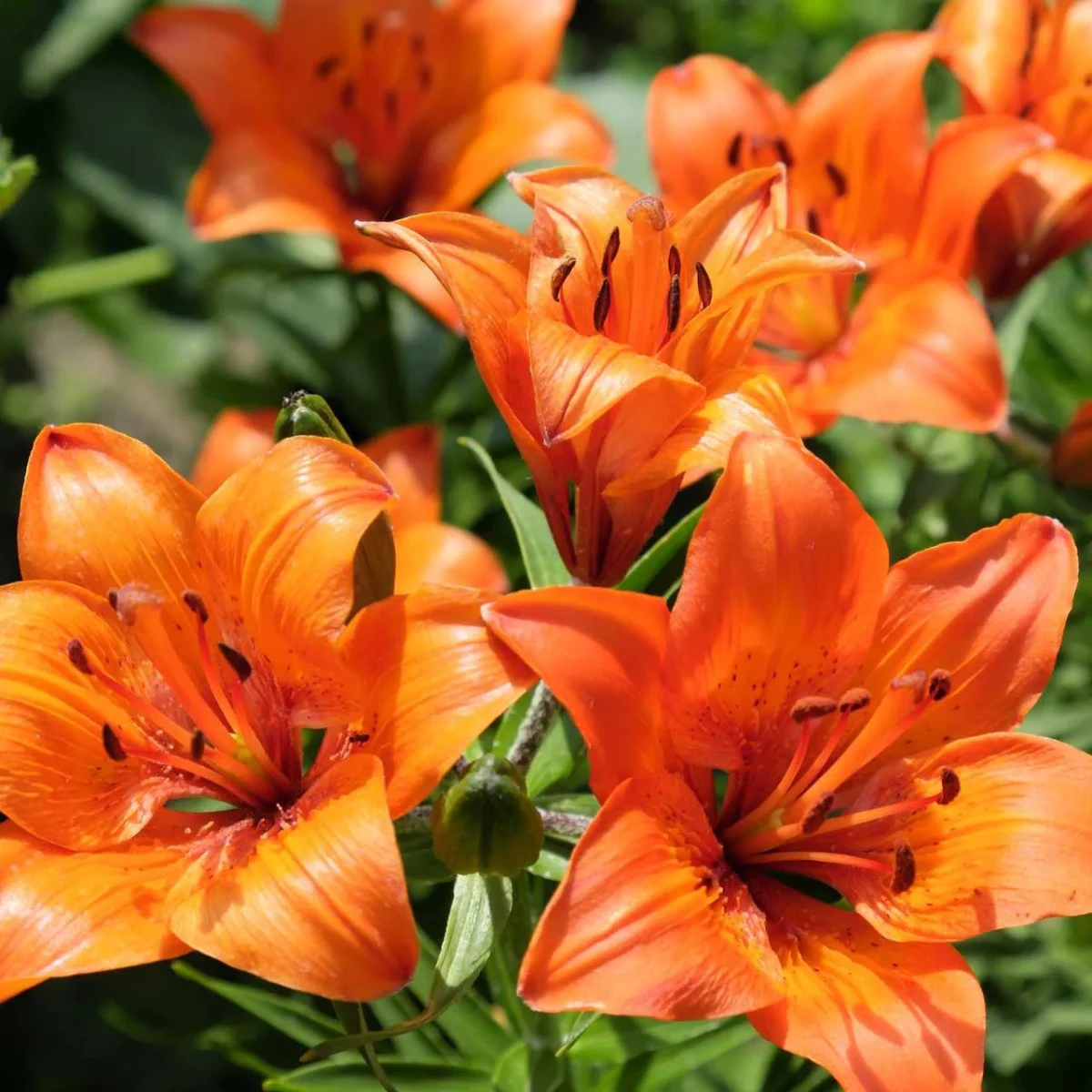
This is more than just a list of plant names, though. It’s about understanding why they work and, just as importantly, how to set them up for success. It’s the kind of practical wisdom that turns a sun-scorched patch of dirt into a beautiful garden that actually takes care of itself.
First, Let’s Talk About What “Full Sun” Really Means
Before you even think about buying a plant, you have to understand the environment. You see “full sun” on plant tags, but it’s a bit more nuanced than just “a bright area.” In the gardening world, full sun officially means a spot that gets at least six to eight hours of direct, unfiltered sunlight every day. But here’s the catch: not all sun is created equal.
Morning sun is the gentle stuff. It’s cooler, and plants can happily do their thing without much stress. Afternoon sun, on the other hand, is the bruiser. It’s intensely hot and literally pulls moisture out of a plant’s leaves and the soil. A spot that gets six hours of harsh afternoon sun is way more challenging than one that gets six hours of morning sun.
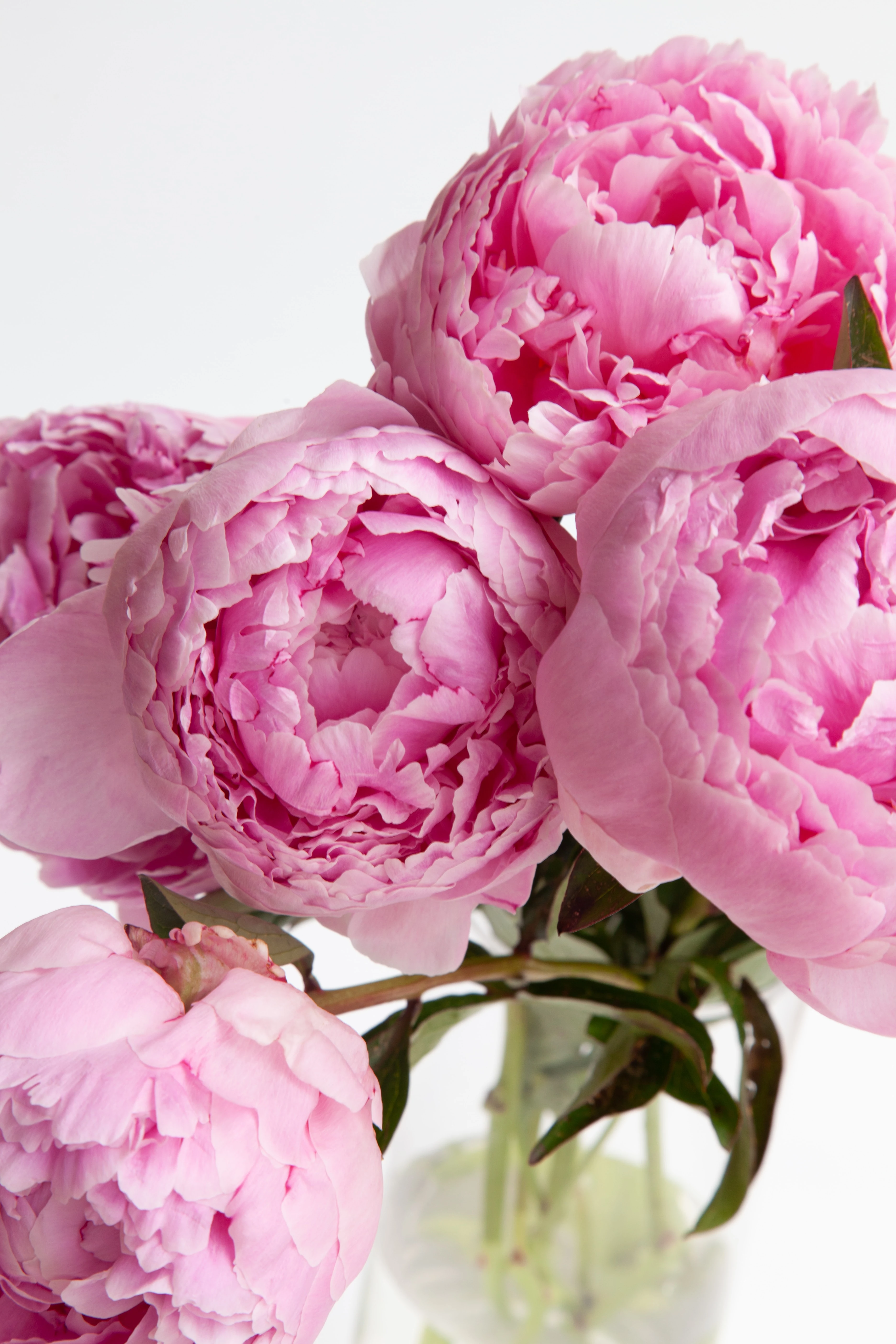
Oh, and don’t forget about reflected heat. That south-facing brick wall, your stone patio, or the asphalt driveway? They soak up heat all day and radiate it back out, creating a microclimate that can be 10-20 degrees hotter than the air temperature. It’s like putting your plants in a convection oven.
Your Soil is the Foundation for Everything
Intense sun also does a number on your soil, baking the moisture right out of it. This is why just digging a hole and plopping a plant in is a recipe for failure. Healthy soil in a sunny garden absolutely needs a good amount of organic matter, like compost. Think of compost as a sponge—it soaks up water and releases it slowly to the plant’s roots when they need it.
Quick Tip: For a new garden bed, I always recommend a soil test. It sounds complicated, but it’s not! A basic test from your local university extension service usually costs between $15 and $30. Just Google “[Your State] university extension soil test” to find yours. It takes all the guesswork out and is the best money you’ll ever spend on your garden, period.
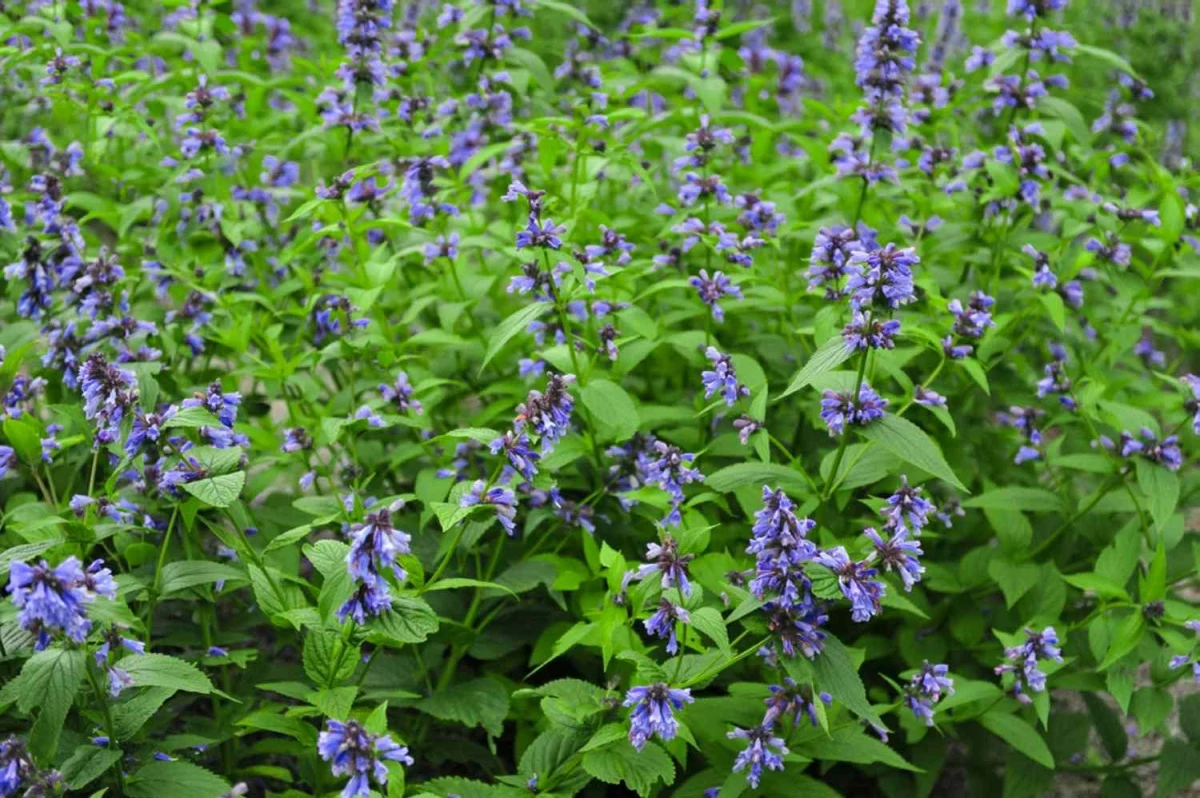
The Three Biggest Mistakes I See (And How to Avoid Them)
From my experience, most garden failures in sunny spots come down to one of these three simple things. Nail these, and you’re 90% of the way there.
- “Volcano Mulching.” This is when people pile mulch up in a cone shape right against the plant’s stem. It looks tidy for a minute, but it traps moisture against the stem, which is an open invitation for rot and disease. The fix: Always pull mulch back an inch or two from the base of every single plant. Give it some breathing room!
- Planting Too Deep. This is the number one killer of Peonies, but it applies to many perennials. If you plant the crown (where the stem meets the roots) too far below the soil surface, it can suffocate or just refuse to flower. The fix: Dig your hole twice as wide as the pot, but no deeper. The top of the plant’s root ball should be level with or even slightly above the surrounding soil.
- Shallow, Daily Watering. A light sprinkle every day does more harm than good. It encourages weak, shallow roots that are the first to dry out when the heat hits. The fix: Water deeply and infrequently. This trains the roots to grow down deep into the soil where they can find moisture even when the surface is dry.
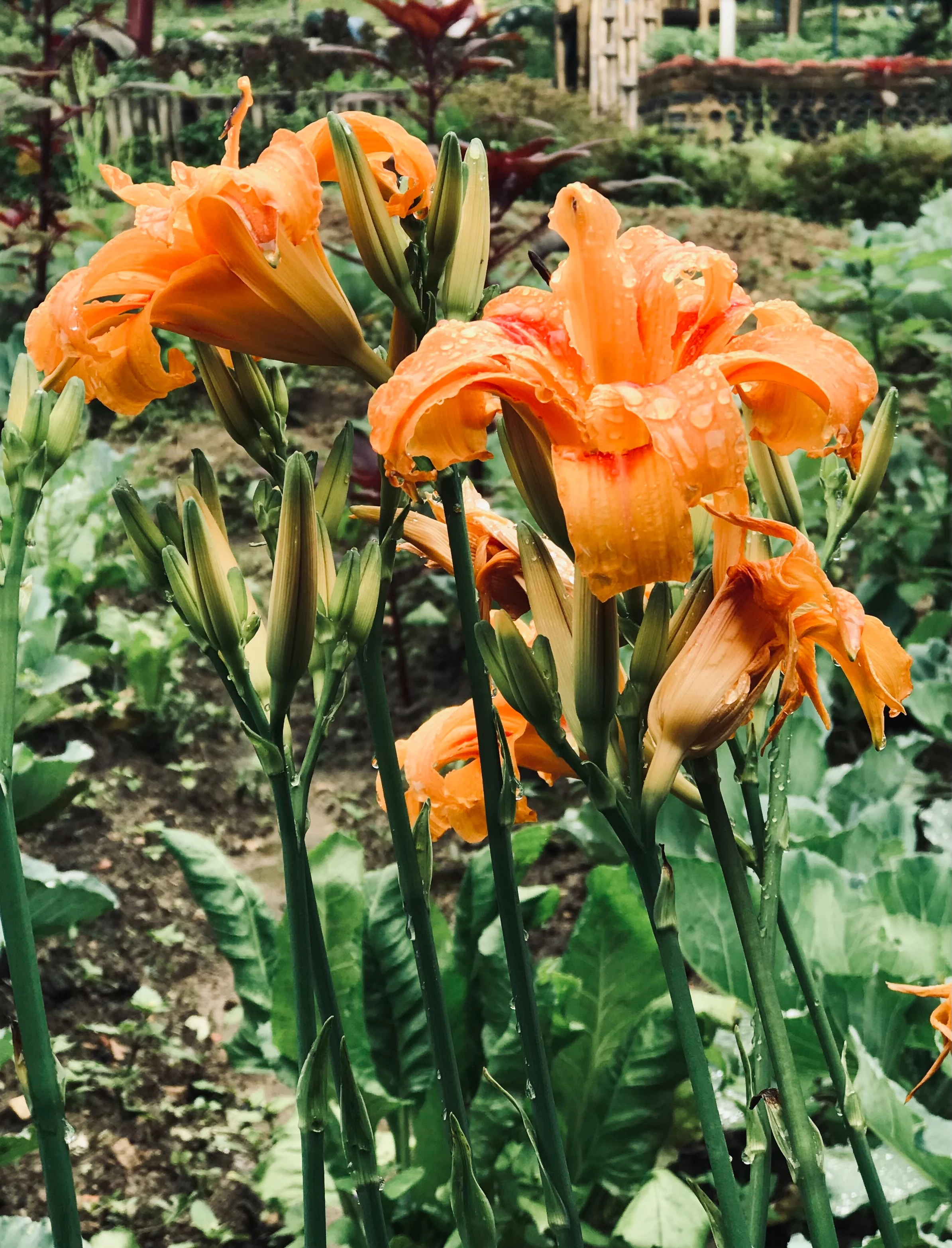
Your First Sun-Loving Garden: A Simple Recipe
Feeling overwhelmed? Don’t be. Here’s a literal shopping list for a small, simple, and stunning sun-loving garden bed, perfect for a space around 4×8 feet. Think of it as a starter kit.
The Shopping List:
- Back Row (for height): 2 Coneflowers (the classic Echinacea purpurea ‘Magnus’ is a great, tough choice).
- Middle Row (for fullness): 3 Catmints (look for a compact variety like ‘Cat’s Meow’).
- Front Edge (for texture): 3-4 Lamb’s Ears (the soft, silvery leaves are amazing).
Budgeting for It: Good to know: You can expect to pay around $8 to $15 for a standard one-gallon potted perennial at most nurseries. For this recipe, your plants will likely run you between $60 and $120. Then, plan on another $30-$50 for a few bags of quality compost and mulch from a place like Home Depot or your local garden center. Amending a bed this size is a bit of a workout—plan for a solid hour or two of digging—but it’s the most important step.
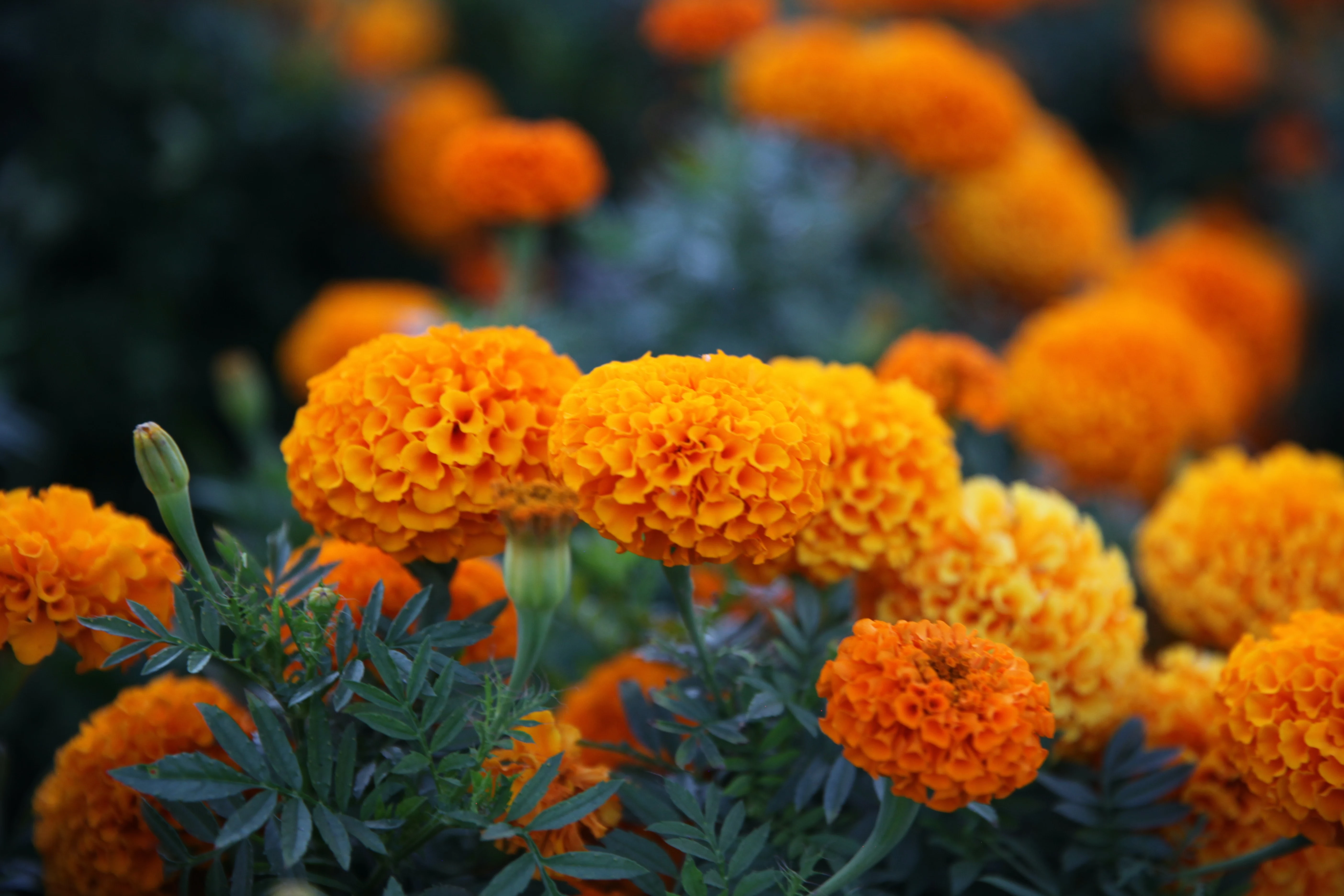
A Pro’s Shortlist of Sun-Proof Plants
Here are a few of my tried-and-true favorites. These are the plants I rely on to perform year after year without a fuss.
Catmint (Nepeta): Honestly, this is one of the most dependable perennials out there. It’s my go-to for softening the edges of a hot walkway. Once it’s established, it laughs at heat and drought. The silvery-green foliage and lavender-blue flowers are a magnet for bees. After its first big bloom, shear the whole plant back by about half. It’ll look rough for a week, but it will explode with fresh growth and flowers for the rest of the summer.
Black-Eyed Susan (Rudbeckia): The classic golden-yellow flower of late summer. It’s a prairie native, so it was literally born for this. A heads-up for beginners: make sure you get the right kind. The workhorse perennial is Rudbeckia ‘Goldsturm’. It’s a true, long-lived perennial that will reliably come back and spread. To keep it healthy, give it good air circulation and divide the clumps every 3-4 years in the spring.
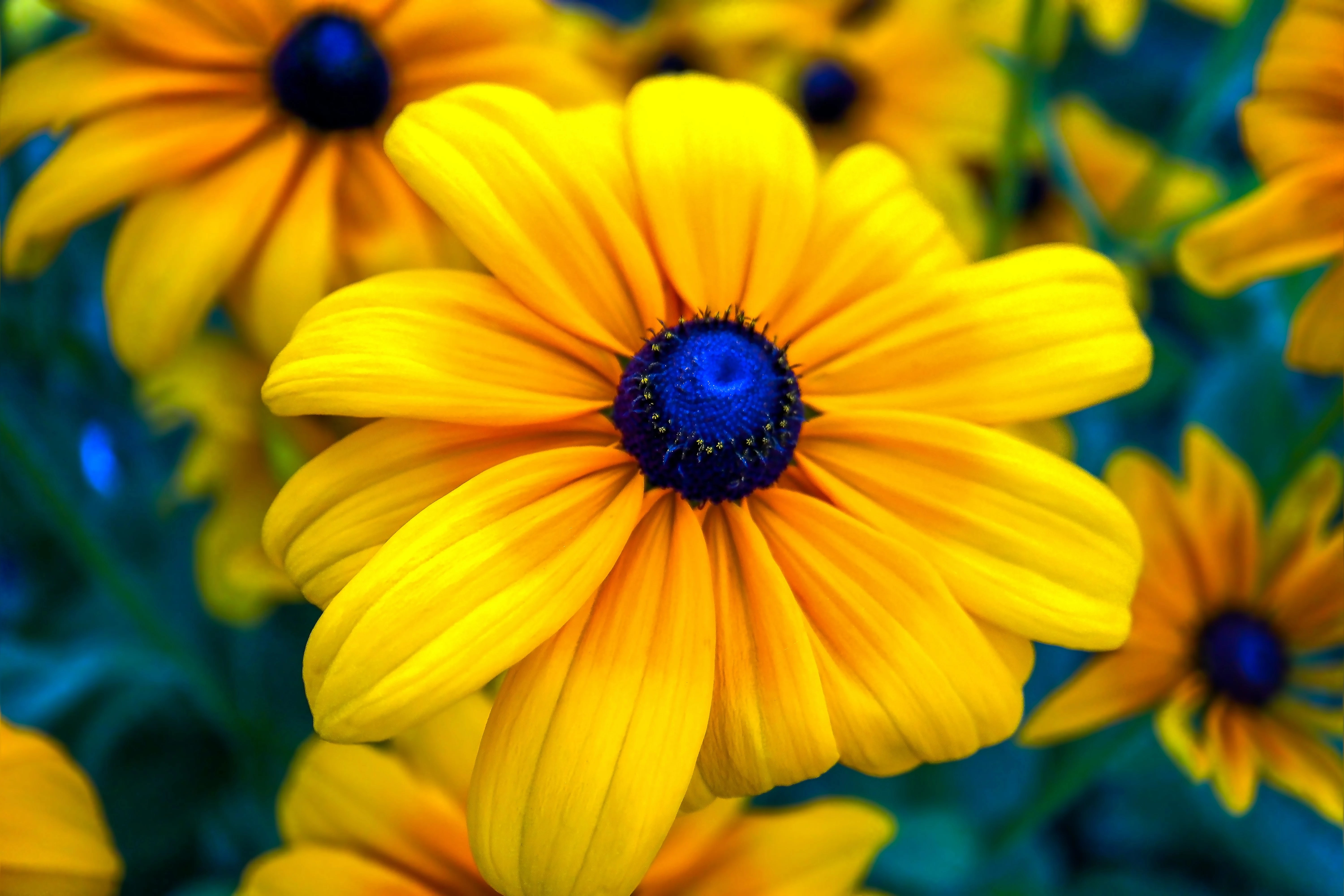
Coneflower (Echinacea): Another prairie powerhouse. The flowers are beautiful, pollinators love them, and if you leave the seed heads standing in the fall, goldfinches will thank you for the winter snack. A word of caution: there are tons of new, fancy-colored Coneflowers on the market. In my experience, many of them have lost the toughness of the original species. For reliability, stick to the classic purple or well-tested varieties like ‘Magnus’ or the white ‘White Swan’.
Lamb’s Ear (Stachys byzantina): This is all about texture. The leaves are thick, soft, and fuzzy—kids love touching them. It’s an incredible groundcover for hot, dry spots with poor soil. The silvery foliage is a fantastic contrast to all the green in a garden. In very humid climates, it can sometimes get a bit mushy in the center during summer. If that happens, just clean out the dead stuff and it will usually bounce right back.
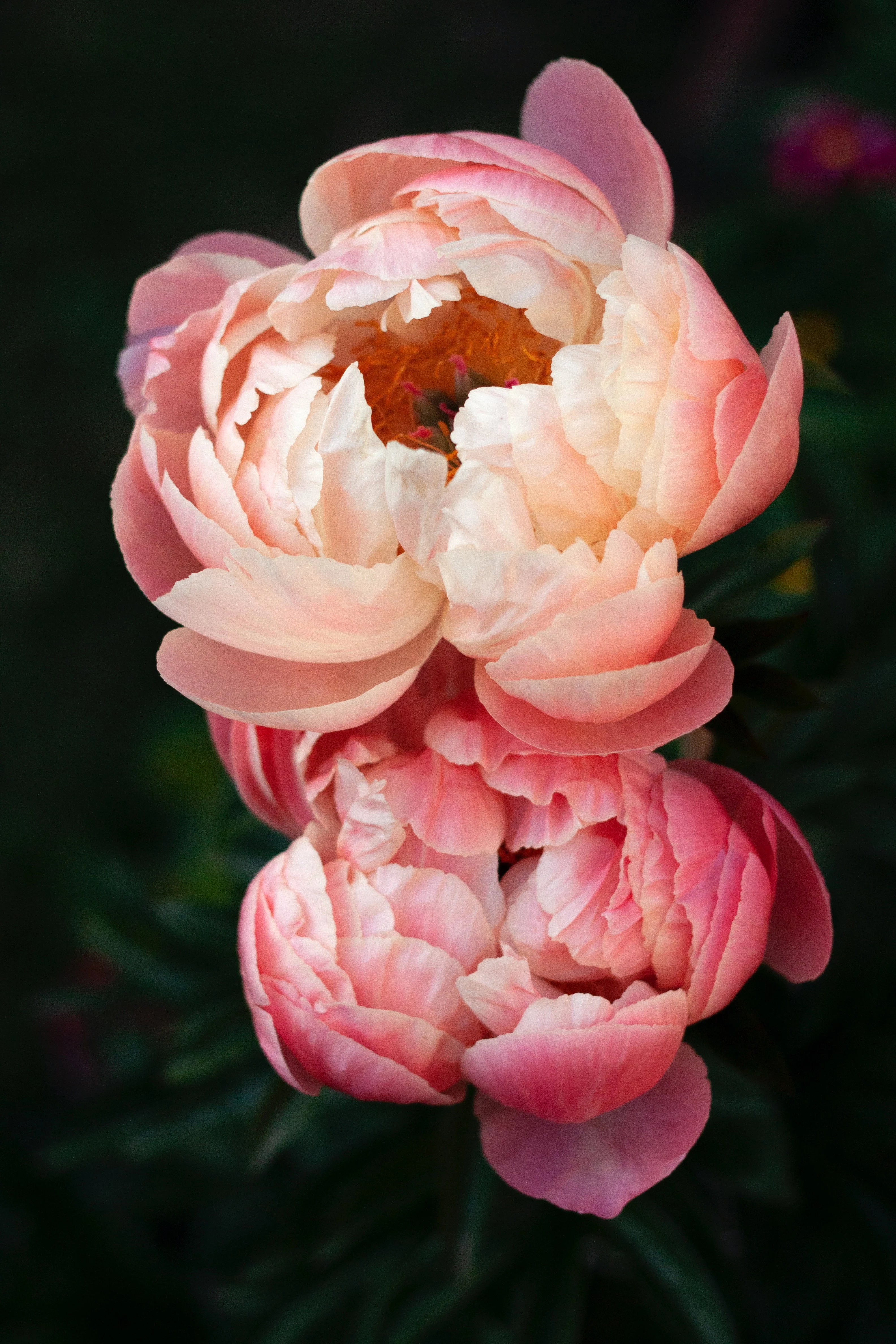
Moss Rose (Portulaca): Got a spot that’s pure baking sun, like the edge of a driveway or a rock garden? This is your plant. It’s a low-growing annual succulent that covers itself in vibrant, jewel-toned flowers all summer. Because it’s an annual, it’s super budget-friendly. You can grow it easily from a few packets of seeds, making it one of the most cost-effective ways to get a huge splash of color.
Putting It All Together Like a Designer
Once you know the plants, the real fun begins. A great garden is about more than just pretty flowers; it’s about combining shapes and textures.
Try this: place something tall and spiky, like a Salvia or Russian Sage, behind something soft and mounding, like Catmint. The contrast between the vertical spikes and the soft mound is instantly beautiful. Then, in front of the Catmint, you could edge the bed with the silvery, touchable leaves of Lamb’s Ear. Boom. Three layers of color and texture that look incredible together.
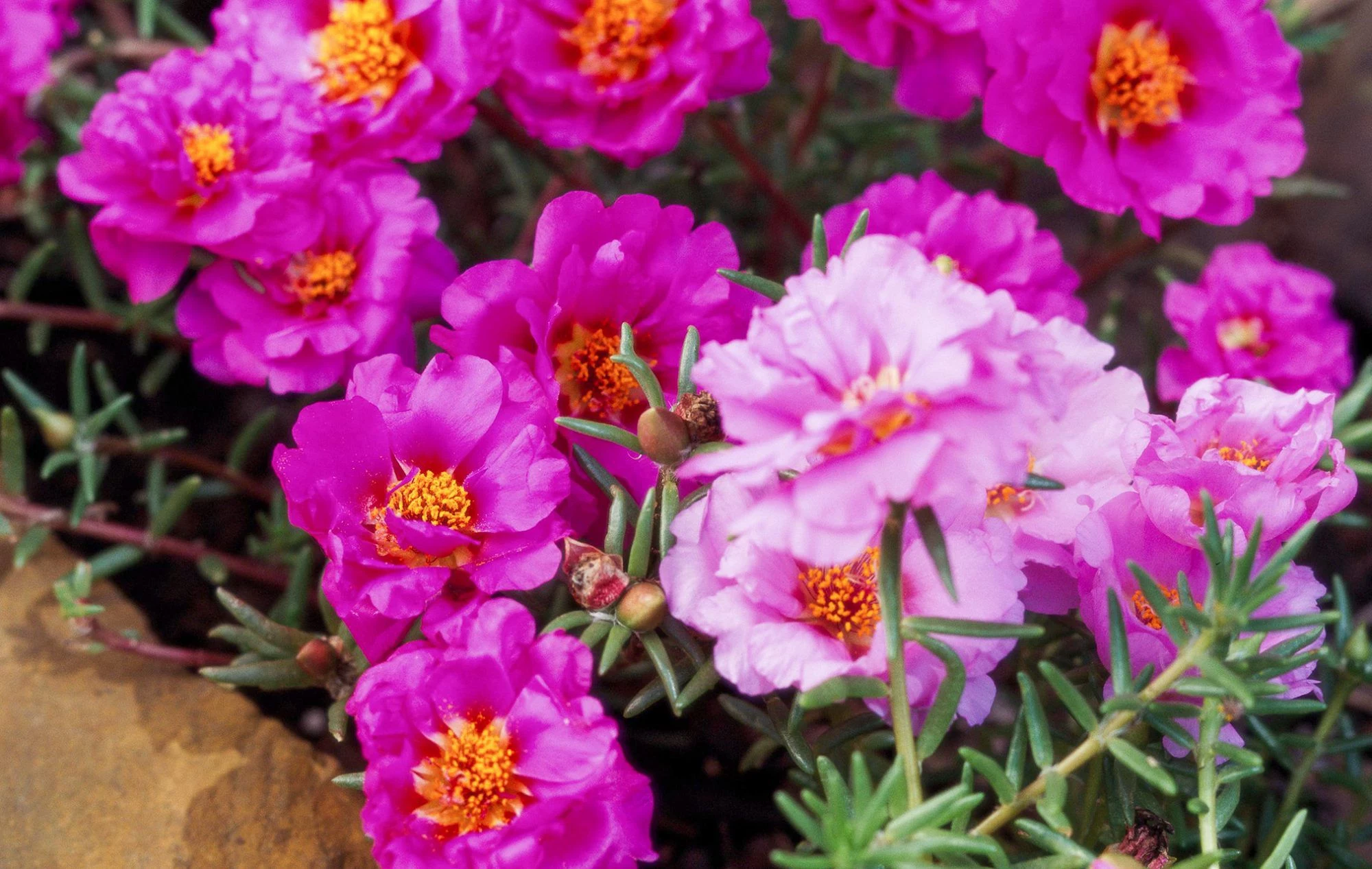
A Final Word (and a Quick Challenge)
Remember, gardening is local. The advice here is based on my experience in temperate climates. If you’re in the desert Southwest or coastal Florida, your choices will be different. Always check your USDA Hardiness Zone (just Google “USDA Plant Hardiness Zone Map”) and chat with the folks at a reputable local nursery.
And don’t be discouraged if a plant doesn’t make it. I’ve been doing this for decades and I still lose plants sometimes. It’s a journey! Pay attention to your garden, and it will tell you what it needs.
Your 5-Minute Garden Fix for Today: Go outside and check your mulch. Is it piled up like a volcano against your plants? Pull it back an inch or two. You just saved them from potential rot and it took you less than five minutes. You’re already gardening like a pro!
Galerie d’inspiration
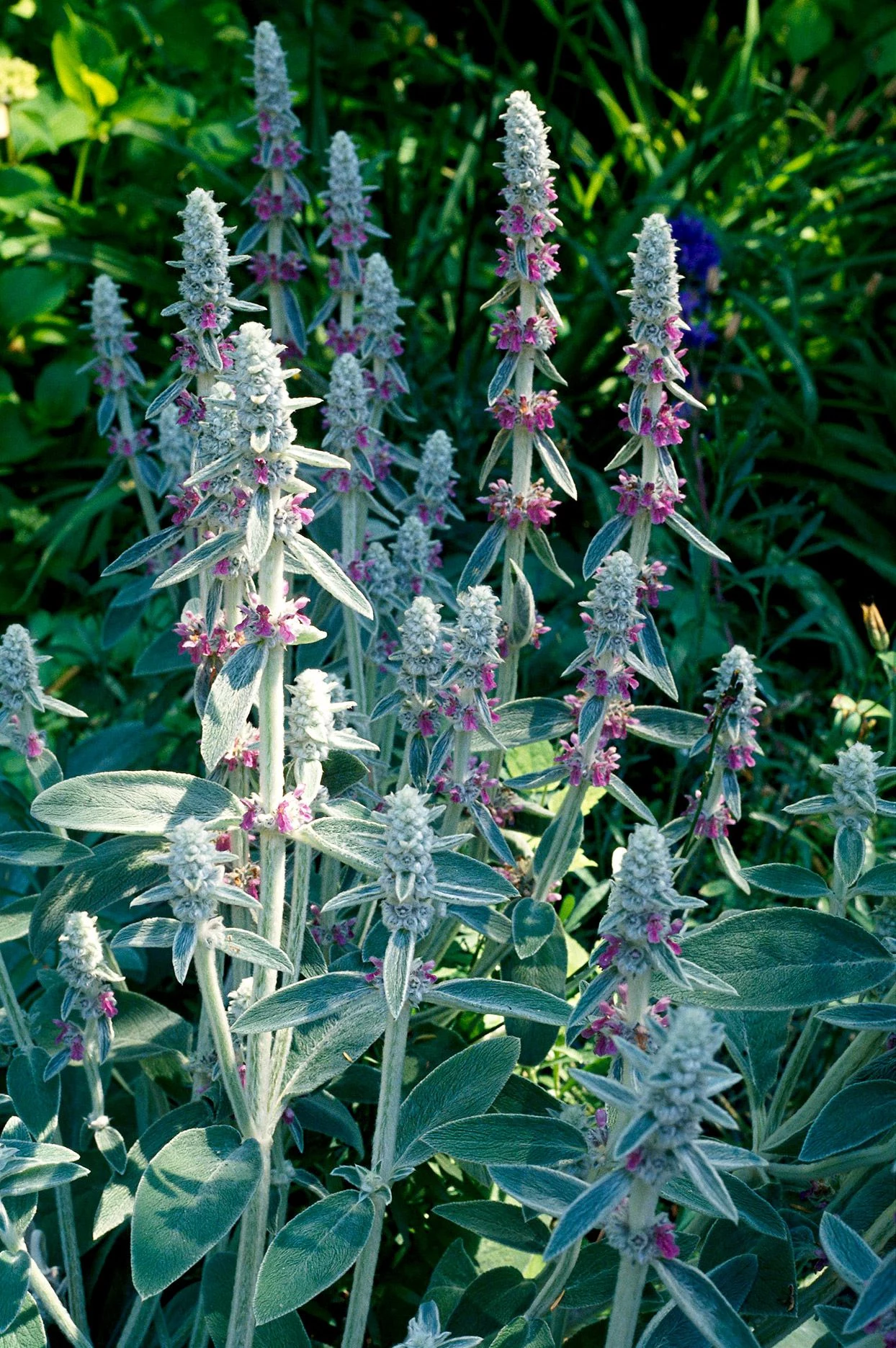
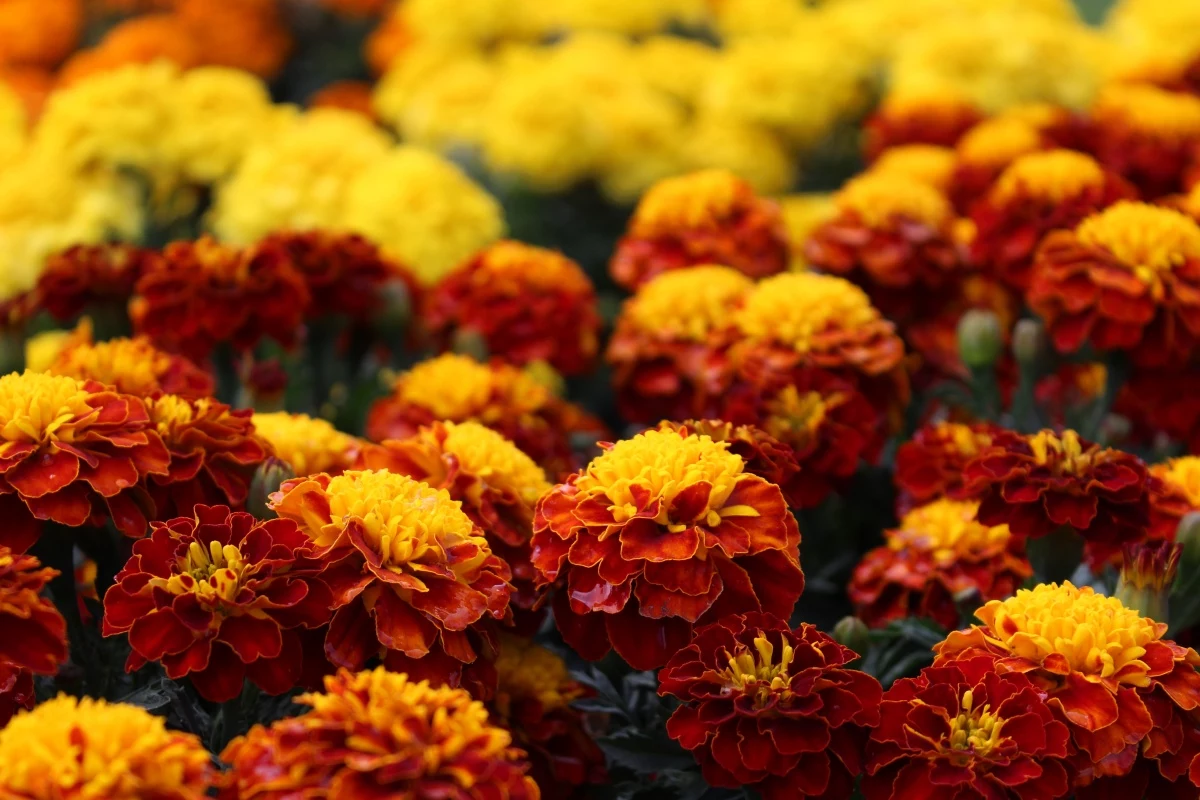
That intense sun doesn’t just bake your plants; it cooks the life right out of your soil, making it hard and water-repellent. The secret to success starts below the surface. Before planting, generously amend the area with organic matter to create a resilient foundation.
- Compost: Mix in a 2-3 inch layer. It acts like a sponge, holding onto moisture and releasing nutrients slowly.
- Perlite: For heavy clay soils, adding perlite improves aeration and prevents roots from getting waterlogged during a downpour.
- Mulch: Finish with a thick (2-inch) layer of cedar or cypress mulch. A quality product like Scotts Nature Scapes not only suppresses weeds but dramatically reduces water evaporation from the soil surface.
More than 90% of a plant’s water uptake is lost to the atmosphere through transpiration, a process that accelerates dramatically in high heat and direct sun.
This is why silvery-leafed plants are such heroes in a sun-drenched garden. That beautiful silver or grey-green foliage, seen on plants like Lamb’s Ear and Russian Sage, is covered in fine hairs or waxy coatings. This isn’t just for looks; it’s a natural adaptation that reflects sunlight and traps moisture, significantly reducing water loss and helping the plant stay cool and thrive where others wilt.










